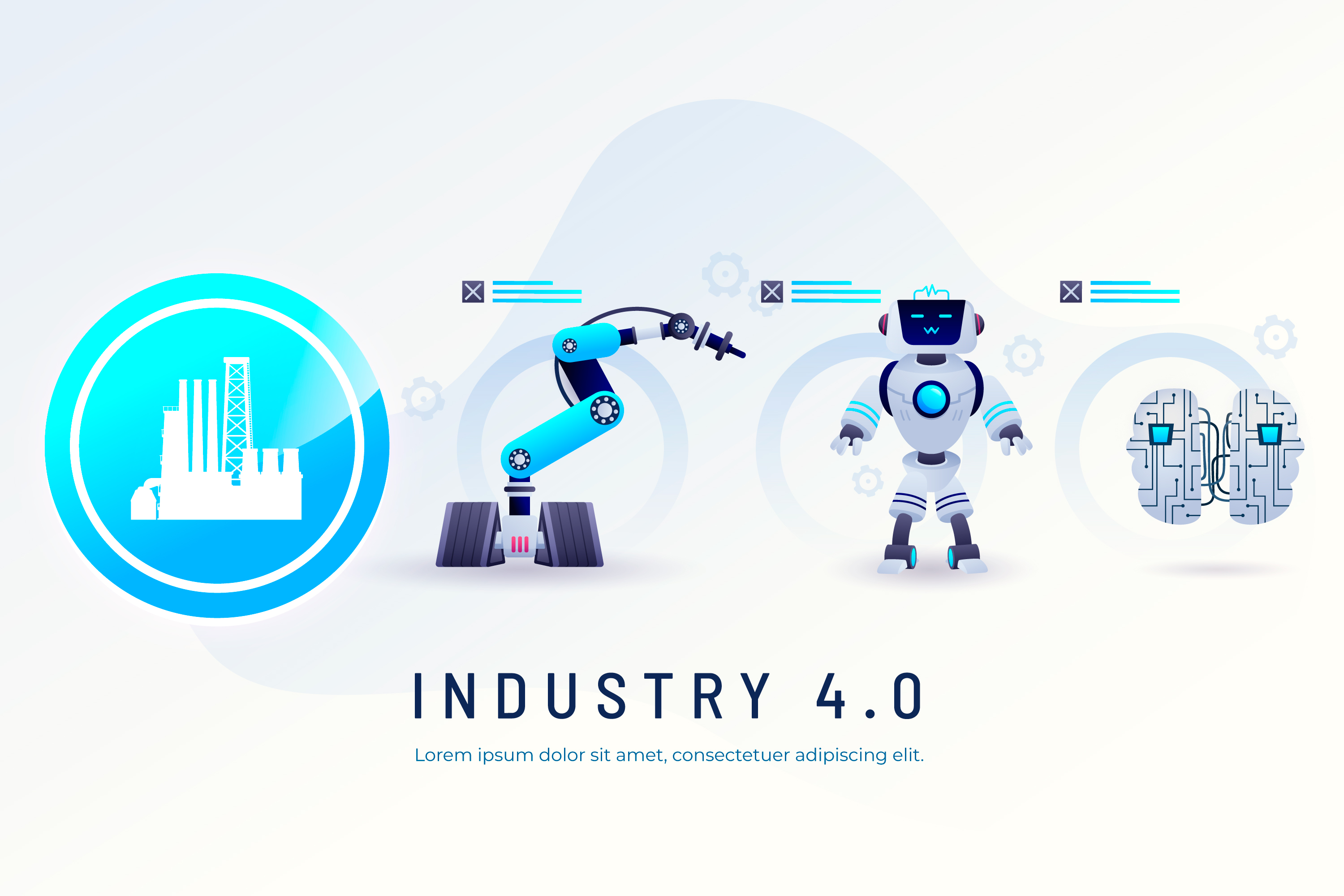Advanced Prompting Techniques for Manufacturing
Once you're comfortable with basic prompting, these advanced techniques will help you get even more value from AI.
Iterative Prompting
Don't expect perfect answers from a single prompt. Use follow-up prompts to refine and deepen the analysis.
Example sequence:
- "Explain the trade-offs between FIFO and LIFO inventory management in a manufacturing context"
- "Given those trade-offs, which approach makes more sense for our situation: high-value electronic components with 6-month shelf life, moderate demand variability, and need to maintain traceability?"
- "How would I actually implement FIFO in our warehouse? What physical layout, labeling system, and procedures would we need?"
- "What mistakes do companies commonly make when implementing FIFO, and how can we avoid them?"
Each prompt builds on the previous response, going from general understanding to specific implementation.
Providing Data and Context
The more relevant information you provide, the more tailored the response.
"Here's data from our last production run: [paste data table]. Analyze this for patterns and anomalies, then suggest three specific actions we could take to improve performance."
Role-Playing Prompts
Ask AI to adopt a specific perspective:
"Act as an experienced manufacturing engineer conducting a value stream mapping exercise. Guide me through mapping our current state for the production of Product X, which flows through 5 operations with significant wait time between stations. What questions should I be asking, what should I be observing and timing, and how should I document what I learn?"
Comparative Analysis Prompts
"Compare and contrast these three approaches to reducing setup time on our stamping presses: SMED methodology, quick-change tooling, and cellular manufacturing. For each approach, explain: core principles, typical implementation steps, expected time and cost to implement, expected benefits, and situations where each works best."
Scenario Planning Prompts
"We're considering three options for expanding capacity: Option A - Add a third shift (investment $150K for additional labor); Option B - Automate two manual stations (investment $400K); Option C - Outsource 30% of production to contract manufacturer (no capital investment but 15% higher per-unit cost). Help me build a financial model comparing these options over 3 years, including assumptions I should make, risks associated with each option, and non-financial factors to consider."
Common Mistakes to Avoid
Having watched manufacturers start using AI, here are the mistakes I see repeatedly:
Being Too Vague
"How do I improve quality?" is too broad. AI will give you generic advice that's technically correct but not actionable in your specific situation.
Not Providing Context
AI doesn't know what industry you're in, what equipment you have, what constraints you face, or what your goals are unless you tell it.
Expecting Mind Reading
If you have data, share it. If you've tried things that didn't work, mention that. If you have specific constraints (budget, timeline, staffing), include them.
Accepting First Responses Without Refinement
The first response is rarely the best response. Ask follow-up questions. Request clarification. Ask for examples. Push deeper.
Not Validating Outputs
AI can be wrong. It can make suggestions that don't work in your specific situation. Always apply your manufacturing expertise to evaluate whether AI recommendations make sense.
Forgetting the Human Element
AI can help you design better processes, but people have to execute them. Consider change management, training needs, and operator buy-in when implementing AI suggestions.
We help manufacturers implement practical, private AI systems that drive measurable operational improvements. Let’s talk.
